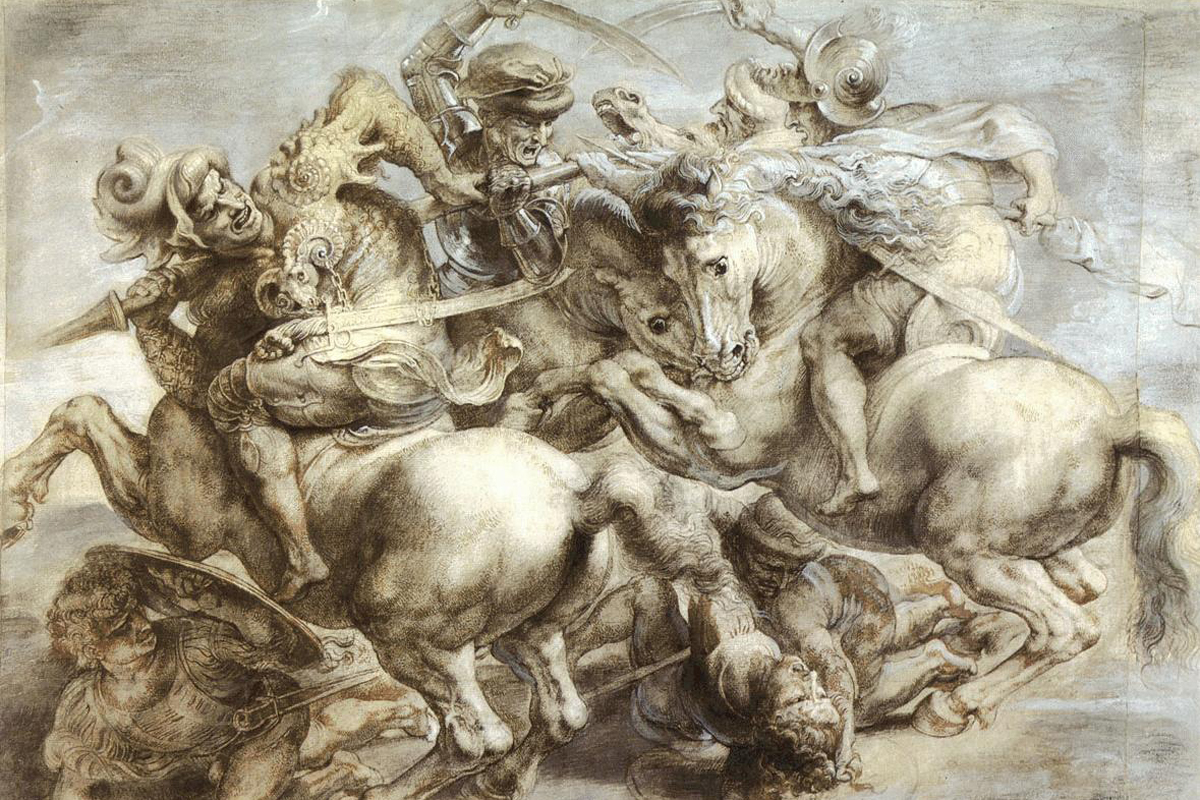Tuscany is famous for the clashes that took place between the towns during the Middle Ages. A hatred that has lasted for centuries between Siena and Florence, between Florence and Arezzo, between Arezzo and Siena, not to mention the blood that runs between Pisa and Livorno …
But our areas have been the scene of legendary battles since the times of the ancient Romans…
1. The Battle of Hannibal
In the third century BC, the Roman Empire is continually threatened by a force that pushes from the south: the Punic Carthage (in modern Tunisia). This time at the head of their army there is Hannibal, a leader without equal, who decides to penetrate the Italian peninsula through the territory of the Alps with his elephants. In the Italian territory there are several clashes, one of these, perhaps the most memorable, it is held on the shores of Lake Trasimeno. The tactics of Hannibal has the better on the Romans: it is a massacre, 15,000 men die and the waters of the river that runs next are tinged with red.
Those who want to relive the battle sites can visit the coast that goes from Tuoro sul Trasimeno in Passignano.
Each year, June 21, for the anniversary of the battle, there is a reenactment.
For information: www.hannibalica.org
2. The Battle of Scannagallo
Almost two thousand years later, not far from the places of Hannibal, the Florentines still face once with the Sienese. We are in the Renaissance and this time it is not simple skirmishes: behind the Florentines there are the Spaniards while the Sienese are together with the French. The name scanna-gallo “slaughtering rooster” can only result from the outcome of the battle: the Florentines win over Siena, which from now on will no longer be able to get up again.
To celebrate this victory the Florentines commissioned Giorgio Vasari to build a temple to Victory, which still dominate the hills of Pozzo della Chiana.
Anyone wishing to be in the middle of this battle can do it over a weekend in July, when the Scannagallo Association organizes the historical pageant (along with a Renaissance market).
For information: www.scannagallo.com
3. The Battle of Montaperti
A few steps from Siena, in a small town in the municipality of Castelnuovo Berardenga, took place what we might call the typical medieval clash: on one side the Sienese Ghibelline troops (favorable to the empire), on the other the Florentines army Guelph (favorable to the papacy). This time is Siena to win. Florentines like Dante, can only cry the defeat and observe the stream Arbia “painted red”.
In the small town of Montaperti is a pyramid commemorating the battle. Every year on September 4 a torchlight starts from Acqua Borra and reach the top of the hill where the pyramid is. Today you can stroll along the river Arbia, or if you want to have an idea of the weapons and techniques used in battle, you can visit “Monteriggioni in Arme”, about a half hour drive.
For informations: www.monteriggioniturismo.it
4. The Battle of Campaldino
This time is the Aretines that clash with the Florentines. The battle has an exceptional cast: Arezzo gather all the Ghibellines of Italy and takes the field also the Bishop; the Florentine army is backed by the Guelph and the French.
Among the Florentines knights there is also Dante Alighieri. When he wrote the Divine Comedy, in Canto V of Purgatory, he described the last moments of Buonconte da Montefeltro’s live, a knight who lost his life in this battle.
Today the plain of Poppi houses a stele commemorating the site of the battle, but to know more, you can visit the cellars of the Conti Guidi castle in Poppi. In these rooms is just the Count Guido Novello, who also died in this battle, to tell how the events took place.
For information: www.comune.poppi.ar.it
5. The Battle of Anghiari
The years pass and clashes are amplified, the rivalry between the Papacy and the Empire involves Florence (along with Venice and the Papal States) against the Milanese troops of the Visconti. According to Machiavelli stories, it did not stretch to a bloody clash, however, it lasted longer and ended with the victory of the Florentines and their coalition.
Today in Anghiari, from the top of Corso Giacomo Matteotti, you can admire the splendid panorama of the plain where the clash took place.
The Marzocco Palace host the museum of the battle. Inside you can also find a study on the lost Leonardo da Vinci painting, realized in the Hall of 500 in Florence, and that showed in fact a clash at the Battle of Anghiari.
For information: www.battaglia.anghiari.it

